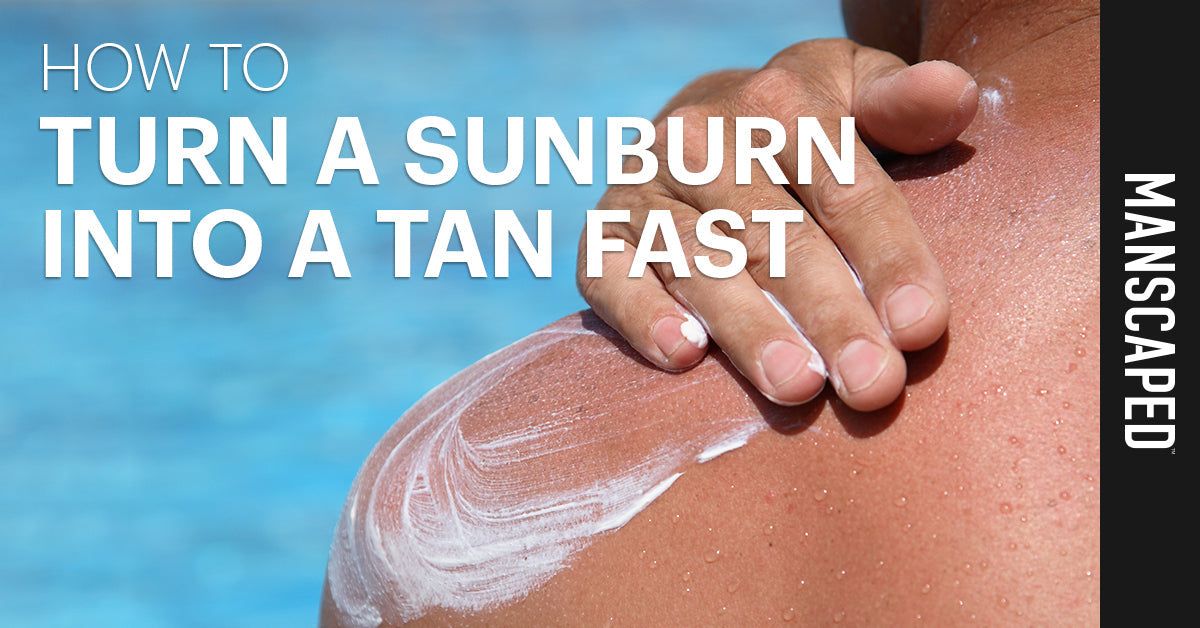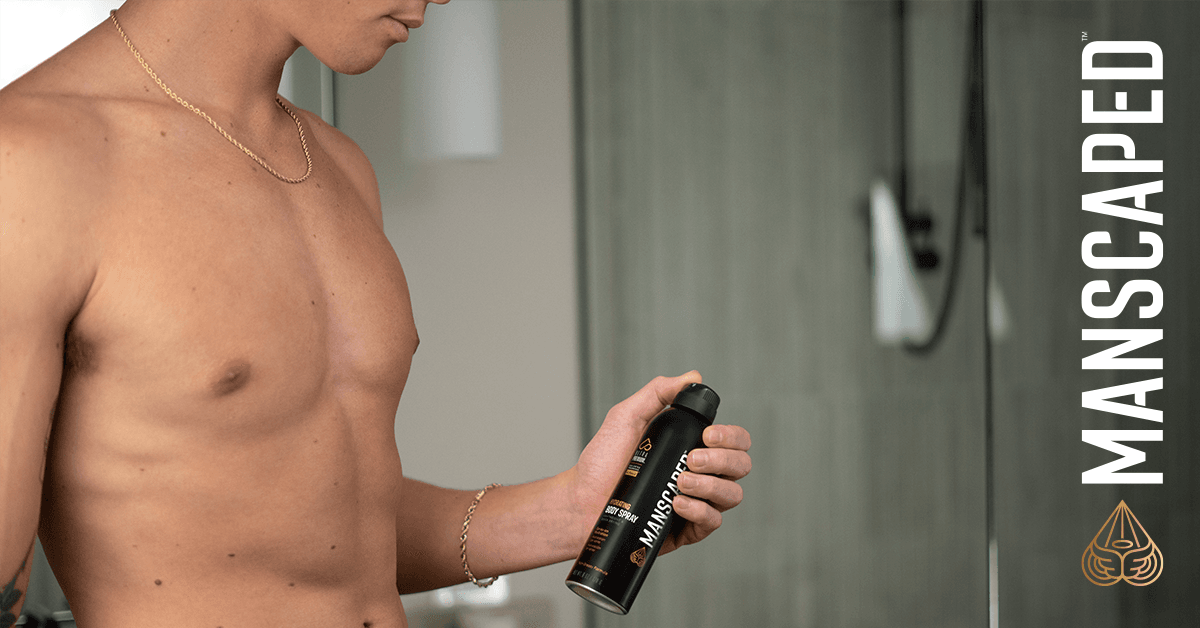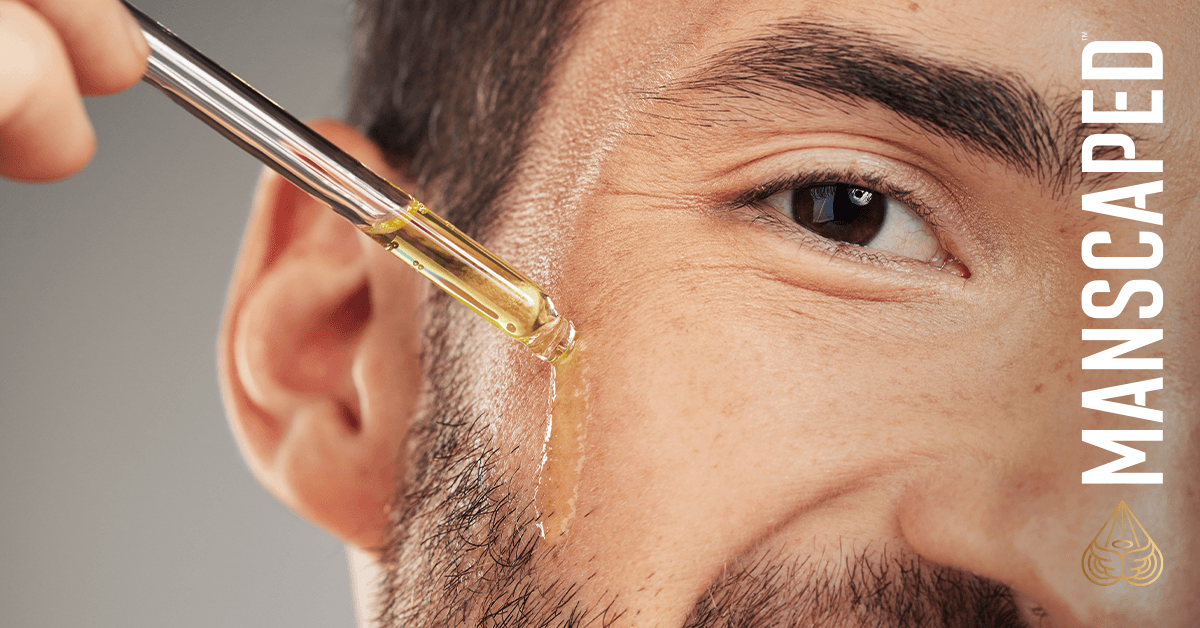
Sunburns are the worst, but they seem a necessary risk if you want a good, healthy tan. What can you do? Well, you can learn how to make sunburn tan. That way, when you mess up and turn into a lobster, you can salvage the situation. Here's what you need to know.
What Is a Sunburn?
UV radiation is what is known as ionizing radiation. The little photons are packed with so much energy that they can hit an electron and knock it free of an atom. Whether you tan or burn, this is what is happening. The sunlight is causing a chemical change in your skin by knocking those electrons free.
In a sunburn, the ionizing radiation is pervasive enough that it causes a literal burn on your skin. Your skin reacts much the same way as it would if you were next to a fire for too long. The burning causes damage to layers of your skin. That's why it hurts and why it looks damaged.
When you tan, the ionizing radiation merely excites the part of your skin, known as melanocytes. While they do get ionized, they're designed to handle the ionizing, and they produce melanin as a result. The melanin is what causes you to become tan.
So, when you tan, your body is processing UV light naturally and healthily. When you burn, there is too much UV exposure, and it causes damage.
Risks of Tanning & Sunburns
Here's the tricky thing about sunburns and tans. Both of them come with risks. Severe sunburns are bad all on their own, but ionizing radiation carries a long-term risk: cancer. The more your cells get ionized, the greater the risk of cancer. That means that repeated sunburns dramatically increase your risk of skin cancer. Unfortunately, tanning comes with a non-zero risk of its own. You might remember that one type of skin cancer is called melanoma. That's what happens when a melanocyte becomes cancerous, and it doesn't require a sunburn to happen.
Here's the short version of it all. Sunburns are much riskier than tans, but being tan doesn't make you immune to cancer risks. Avoid excessive exposure, and continue to use sunblock even when you get some color. That's the key to minimizing skin cancer risks.

How Long Does it Take for a Sunburn to Heal?
Whether you're a natural sunlight guy or one of the guys in tanning beds, sunburns are possible. Let's talk about how to deal with them.
Mild Sunburns
Mild sunburns are a light red, not noticeably swollen, and not particularly uncomfortable or sore. They can heal within three days or less, and they often will turn into a tan, especially if you follow the advice a little lower down.
Moderate Sunburns
Moderate sunburns will be redder, might be a little swollen, and will be sore to the touch. They will also feel warm to the touch, but a moderate sunburn will not include blisters. They usually take about a week to fully heal, although it will vary from person to person.
Severe Sunburns
Severe sunburns should be taken seriously. They are intensely hot to the touch, very red, swollen, and often include blisters. Blisters denote a second-degree burn or worse, which can lead to lasting skin damage. They're bad.
Still, severe sunburns heal more often than not, and you'll usually see the redness subside in a few days, and the burn can fully heal in about two weeks. If ever a sunburn is accompanied by faintness, confusion, nausea (or vomiting), large blister areas, or chills, see a doctor immediately.
Is It Possible to Make It Go Away Overnight?
Getting rid of a sunburn in a single night is not always possible. First, it will have to be a mild burn. Also, you will have to be blessed with skin that can heal quickly. If you meet those conditions, you can keep your skin moisturized and get rid of the redness in as little as a day. For some of us, that time frame is never possible.
How to Keep a Sunburn From Peeling (And Start Tanning)
Let's make this simple. The key to converting a burn into a tan is proper skincare; this isn't just sunburn advice; it's a men's skincare guide.

Start By Relieving the Sunburn Pain
Pain is your indicator that the skin is damaged. When the pain goes away for good, it usually means that your skin is healed, and that's important. There are a few steps that can help with pain management.
Taking a Cool Shower
There are two tips for your shower treatment. First, don't take a warm shower. Even if you feel a little cold, adding heat to the equation makes things worse. Second, don't take a frigid shower. Sunburns mess with your body's ability to regulate temperature. A too-cold shower can leave you with lasting chills and mess you up. A nice, cool shower will relieve the pain, reduce swelling, and help your skin begin its recovery.
Reduce Inflammation By Taking Medication
Many medications can help with pain, but medications that treat the root of the problem are the best way to go. Those are anti-inflammatory medications. Ibuprofen is the go-to (Advil, Motrin or generic). Naproxen can also help if you have a reason not to take ibuprofen. The anti-inflammatory properties will help lessen the pain and help your skin heal.
Use Cucumber Slices on Your Skin
Cucumber slices go right on the burn itself. They work as a cooling salve and have natural properties that help you heal.
Use Aloe Vera Gel
Aloe vera is one of the most useful things in the world for treating sunburns and is sometimes even found in shaving cream believe it or not. It has anti-inflammatory properties, reduces discomfort, and it moisturizes. An Aloe vera gel or lotion can do the trick.
Healing Your Sunburn
Soak Tea Bags in Cool Water
You want black tea for this trick. Soak it in water for about a minute (cool or lukewarm water is fine). Once the bags are saturated, put them on the burned area. They'll work as a salve and help you get some relief.
Baking Soda Bath
When you mix baking soda with water, you get a paste, and that paste can treat a sunburn. Baking soda works to de-ionize chemicals. Since your skin burned because the sun ionized it, this seems like a logical solution to the problem. The baking soda won't penetrate deep burns, but it can provide rapid help to shallow burns.
Oatmeal Bath
If you pay attention, you might have noticed that your skin gets dry after a sunburn; this is one of the major problems with burns. An oatmeal bath is a great way to moisturize your skin and mitigate sun damage. It will help you heal faster.
Apple Cider Vinegar
Like baking soda, vinegar can work as a de-ionizing agent. In truth, some people get the best results by using both remedies (just not simultaneously as they will quite literally cancel each other out).
Moisturizing Your Skin
Hydrocortisone Cream
Hydrocortisone cream is the big gun in skin moisturizers. Use it liberally after a sunburn. If you can get a hydrocortisone/Aloe combination cream, you're really winning.
Drink Extra Water
You can revitalize your skin from within. Drinking water allows you to hydrate the natural way. Drink plenty of extra water. Also, consume some electrolytes to help you absorb the water. You don't need a ton, but water by itself won't work as fast.
Whole Milk or Whole-Fat Plain Yogurt
Whole milk has protein and amino acids. Your damaged skin can use these to start rebuilding and repairing. Whole milk and whole-fat yogurt will have the highest concentration of proteins and amino acids. You can apply them directly to the burn and get good results. Try not to apply them when they're super cold. It can shock the skin, and that doesn't help the burn.
Potato Paste
Make a potato paste with a blender. Then, apply it to the burn. Rumor has it that the potato's starch has chemicals that your skin can use to start healing. This hasn't been confirmed by science, but a lot of people swear by potato paste.
Coconut Oil
Coconut oil is another great natural moisturizer. It's going to help your skin heal up by keeping the dryness at bay. You can use it lightly or liberally — whatever works for you.

What to Avoid When Treating a Sunburn
Using Steroid Ointments
Steroid ointments aren't going to cause your sunburn to mutate into necrotic death flesh. Instead, they just don't work. It's a waste of money to use them, so leave them be.
Going into the Sun
A sunburn doesn't have to turn you into a vampire, but considering the sun is the source of the problem, you want to be at least a little careful. Clothing that isn't see-through will block UV rays. Keep your sunburn covered when you go out, and you won't exacerbate the burn. Cover up in general, and you won't be adding new burns to the ones you already have.
Popping Blisters
Don't do it. Did you really need someone to tell you that?
Using Balsamic Vinegar
While gentle kinds of vinegar can help you with sunburns, they can also cause problems. Balsamics tend to be stronger, and you don't want to add acid burns to your sunburns. Also, you don't want to smell like balsamic vinegar.
Using Moisturizers With Fragrances
Moisturizers are your friend. Fragrances are not. The range of chemicals used to create nice scents are wide and varied. You don't want to put unknown chemicals on your sunburn. It can hurt a lot.
Using Sugary Yogurts on Skin
While whole-fat plain yogurts are good, sugar is not. Sugar is an abrasive that can be used to peel off dead layers of skin. Even though sunburns sometimes peel, the goal is to avoid that. If you're turning a sunburn into a tan, you need to save the skin, not remove it. Avoid topical sugars.
Using Low or Non-Fat Milk on Skin
The methods used to reduce the amount of fat in your milk (and yogurt) also reduce proteins and amino acids' concentration. Low-fat options don't work as well.
How to Tan Without Burning

Use Sunscreen With an SPF of at Least 30
Sunscreen is the front line of defense. If it's less than 30 SPF, you can burn in less than 30 minutes when the sun is blazing. If it's 30 or higher, and you reapply, you'll have a hard time burning. You can still get tan, but you won't burn.
Take Breaks
Breaks are important. Your skin can process sun damage pretty quickly until it gets overwhelmed. Breaks help with that.
Exfoliate Your Skin Before Going Out
You do not need to exfoliate your skin before any sun exposure. That said, regular exfoliation (roughly once a week) keeps your skin healthy and clear. It makes it more resilient, even to sun damage.
Change Positions
This is effectively like taking breaks. It gets the sun off of one part of your skin to give it a little rest while you work the other part.
Consume Lycopene-Rich & Foods That Contain Beta Carotene
Supplements can't replace sunscreen and rest, but they help your skin produce melanin in response to UV radiation. They're tanning boosters.
Turning Your Sunburn Into a Tan: Conclusion
It's always best to avoid sunburns in the first place. Knowing that we all get burns sometimes. With this guide, you can handle the burn in the best possible way and get back to a healthy tan. And now that you've made it this far, we'd love to have you try MANSCAPED products at a discount - our formulations are great on sensitive skin.
06.17.21
Share

Featured Articles
- Your Favorite Ball Deodorant. Now with a New Scent: Perservere.MANSCAPED® + TCS for Testicular Cancer Awareness MonthIntroducing The Lawn Mower® 5.0 Ultra TCS Special Edition and TCS Ball Hero BundleThe Dome Shaver™ Pro vs. The Dome Shaver™ Plus: Which Should You Choose?The Chairman™ Pro vs. The Chairman™ Plus: Which Should You Choose?



